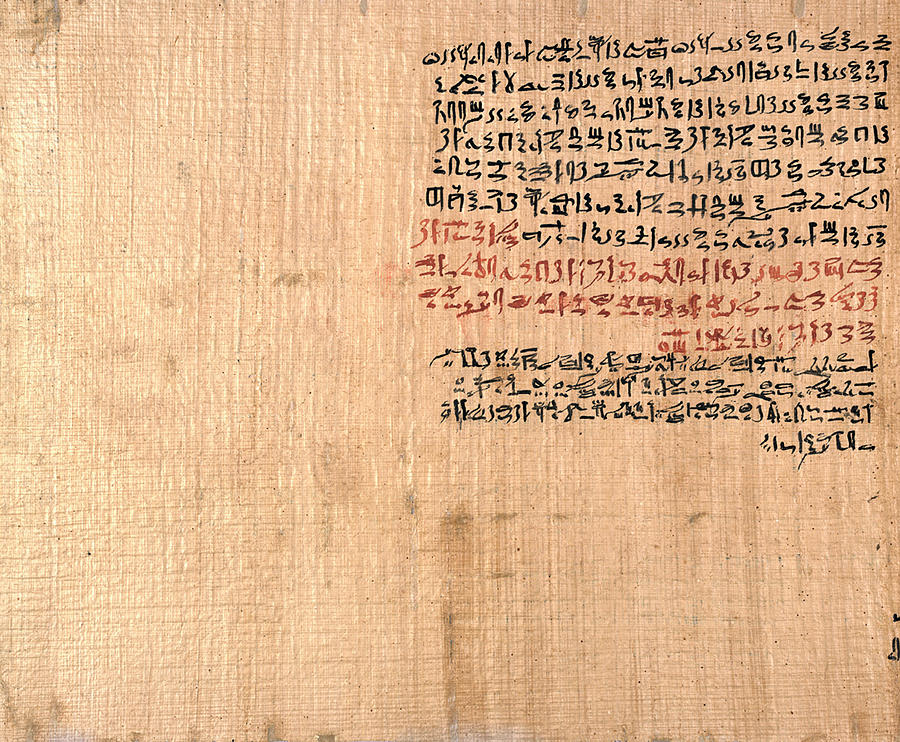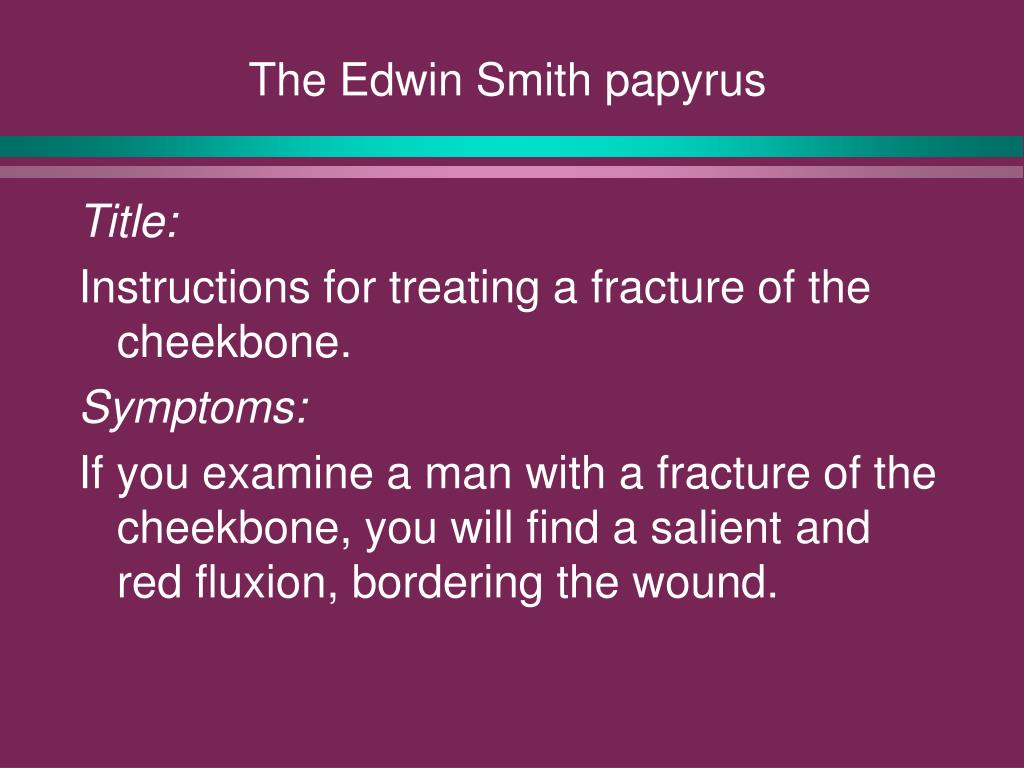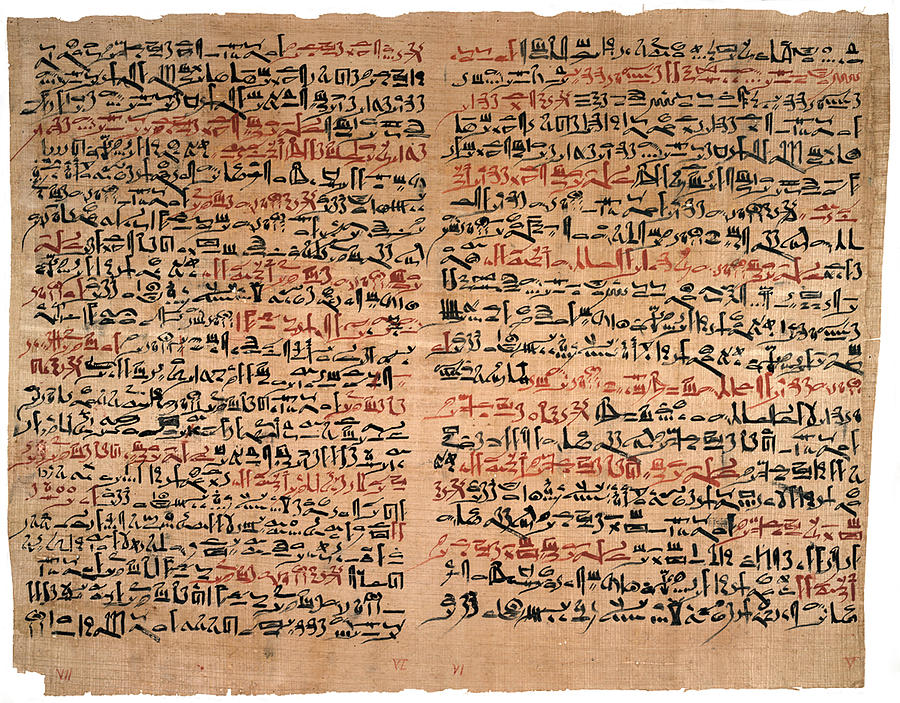


The addition of the illustrations will help the nonmedical reader understand what the various injuries represent-as always a 'picture is worth a thousand words.' A landmark work " - James T.

Reviews: "An extraordinary contribution to our medical and surgical history There is no question that the collaboration of an Egyptologist and a neurosurgeon has clearly made this translation a better result and a clear improvement on Breasted's original brilliant accomplishment, bringing this remarkable historical document back to new life.

It also includes the previously unpublished translation of the papyrus by Edwin Smith himself. This publication sets the standard in the presentation of ancient medical documents. The volume features an impressive array of medical material that reveals the precise conditions described by the ancient physician and explores the Egyptian contribution to modern diagnostics, clinical practice, and methodology. Not only is the ESP the source of numerous anatomical and functional concepts of the nervous system, it is the basis for the development of modern objective clinical thinking, establishing the foundations of modern medicine more than a thousand years before Hippocrates. The Edwin Smith Papyrus is the first comprehensive trauma treatise in the history of medicine. It offers an authoritative treatment of the Egyptian text, which clarifies the meaning of many passages from the papyrus and points the way to their correct medical interpretation. This volume contains the original hieratic text, complete transcription into hieroglyphs, transliteration, English translation, philological apparatus and copiously illustrated medical commentaries for the 48 clinical cases of the Edwin Smith Papyrus, as well as extensive bibliographical resources, and a lucid introduction exploring the importance of the document, the history of previous scholarship, and distinctive aspects of the current edition.Volume 2 contains collotype facsimiles of the Papyrus, which originally was in a continuous roll but for the sake of convenience has now been cut into columns of text. Volume 1 contains a historical introduction to the document, followed by translation and commentary. Repeatedly the surgeon, because of his scientific interest in the observable facts, discusses cases of injured men whom he has no hope of saving. It contains, for example, for the first time in human speech a word for "brain." Disclosing an inductive method and an attitude surprisingly scientific in an age so remote from modern times, it forms a new chapter in the history of science. Breasted's attention, and finally under his close scrutiny has revealed itself as the oldest known scientific treatise surviving from the ancient world, is described in the Introduction to one of the most illuminating glimpses we have ever had into the astonishingly developed medical knowledge of ancient Egypt.īoth to the medical profession and to the lay reader the Surgical Papyrus will be of intense interest. How it came into the possession of the New York Historical Society, lay many years virtually unnoticed, was at length "rediscovered" and brought to Dr. Edwin Smith, a man of great intellectual gifts, purchased what is now known as the Edwin Smith Surgical papyrus. Early in 1862, during his residence in Thebes, Mr. Behind the scientifically accurate study and publication of The Edwin Smith Surgical Papyrus, the most important document in the history of science surviving from the pre-Greek age of mankind (seventeenth century b.c.), lies a story as remarkable as the papyrus itself.


 0 kommentar(er)
0 kommentar(er)
